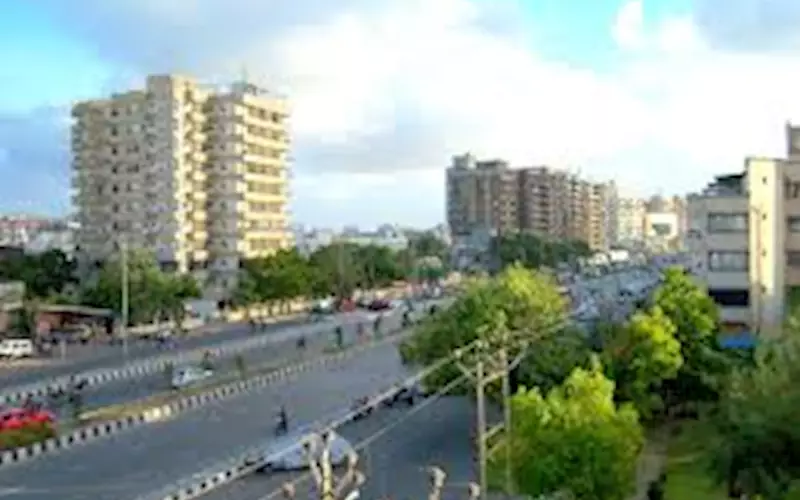For those naysayers of print and packaging, here are some numbers to crunch.
The global demand for pharmaceutical packaging will be $101 billion in 2019 from $ 74 billion in 2014.
The global green packaging market will be $ 203.15 billion in 2021 from $ 132.47 billion in 2014.
The global dyes & organic pigments market will reach $19.5 bn in 2019.
So first things first, pharma!
According to a Freedonia report, India and China will form the fastest growing markets.
The reports states, global demand for primary pharmaceutical containers will expand 6.5 percent annually to $64 billion in 2019.
As per Freedonia's statements: “Prefillable syringes and parenteral vials will see above average growth. Plastic bottles will continue to record the largest demand, based on uses in the bulk and prescription dose packaging. The world market for pharmaceutical pouches will grow at a slightly below average pace as uses remain limited to the unit dose packaging of transdermal, powder, and topical medicines. By contrast, prefillable inhalers will post above average demand gains.
Needless to state, expansion of the Indian middle class will drive an acceleration in global consumer spending.
This is evident in the green packaging market, too. This is a market which can be bifurcated into: recycled content packaging, reusable packaging and degradable packaging. Today, the categories of recycled content packaging are paper packaging, plastic packaging, metal packaging, glass packaging and others.
Indian consumers are very conscious about their health. Toxic materials used in food packaging (witness the Maggi controversy) is hazardous to consumer’s health.
Due to environmental concern, even top vendors are shifting towards green packaging as was evident at the LMAI conference in Jaipur where there was a buzz about causing less environmental pollution through landfills and water distillation systems and rainwater harvesting.
Food and beverage segment accounts for the highest market share, ie 59.7 percent in the green packaging market. Interestingly, India, is one of the fast growing markets for green packaging and the demand is expected to be high in the coming years. “Large food and beverage industry, rising disposable income and growing awareness among the literate class about green products are the major factors fuelling the demand for green packaging in these regions,” stated TAM in its official statement about the report.
Curiously enough, the rising disposable income and growing awareness among the literate class is benefitting crucial dye and organic pigment markets such as textiles and plastic products.
This is due to rapid growth in India, plus consumer preferences for new, unusual textile colours - that do not fade and are environmentally friendly.
The other trend is: increased demand for organic colorants in textiles and plastics.
According to Freedonia in its report, "The fastest growth in dye and organic pigment demand will be in paints and coatings applications, while print media will see growth in the Asia/Pacific region. Opportunities will exist, though, for dyes and organic pigments that can be used in digital inks."
The flexible packaging market in India has grown in recent years to become Asia’s third largest. The rising affluence and changing lifestyles of India’s middle class will continue to drive a stronger demand for packaging and plastics solutions that provide increased convenience and functionality.
As was evident in January at PlastIndia 2015 in Gandhinagar, the flexible packaging material facilitates the conversion of large plastics containers into portable packages, providing endless possibilities for multiple applications over a range of solid and fluid products in the industrial, businesses and residential sectors. Today India advantages along the entire supply chain, including sustainability and reduced environmental footprint, improved packing density for shipping, logistics and warehouse efficiency and enhanced comfort design for the user.











 See All
See All